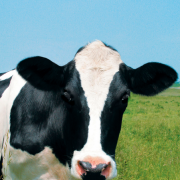Blood and money: Five huge family feuds
If Gina Rinehart loses her most valuable business asset -- a $10 billion stake in the Hope Downs iron ore project -- it will be because hers is a family business at war.
The feuding family has once again entered the courtroom, this time to determine whether Rinehart’s oldest daughter, Bianca, will replace her as head of the family trust, which her lawyers argue is their last chance to keep their 50 per cent stake in the Pilbara mine.
It's been reported that Rio Tinto, the project’s other major stakeholder, could potentially swoop in and claim the Rinehart share if a member of the family is not at the helm of Hancock Prospecting.
According to The Australian, if a non-family member is put in charge of the family trust, which owns 23.4 per cent of Hancock Prospecting, a change-of-control provision in the agreement with Rio Tinto could be triggered.
The agreement states that the family company must be owned and controlled by a direct descendant of Ms Rinehart, and so if Bianca does not succeed her mother, it could lead to complex litigation and potentially a forced sale of the stake to Rio Tinto.
So, as this feud continues to roll out of control it’s not just family relationships that are being ruined -- the business isn’t safe either.
Unfortunately this sort of family business war is not uncommon. The stakes just happen to be higher when you have billions of dollars in play.
With that in mind, here are five of the biggest family feuds ever.
How does the Rinehart’s clash rate? Right up there.
Puma vs Adidas
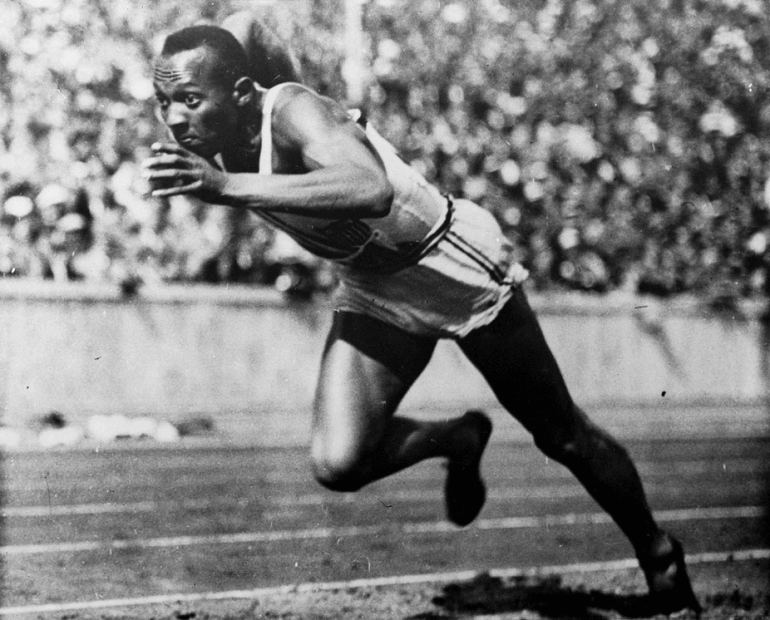
Jesse Owens won four gold medals in the 1936 Olympics while wearing Dassler Brothers' shoes
Did you know these two rival athletic apparel companies were once one company? Adolf Dassler, a former German WWI solder and cobbler, started making athletic shoes and brought his brother, Rudolf, on to handle the sales side when the business started to grow.
The brothers got their first big break during the 1936 Berlin Olympics when American track star Jessie Owens wore Dassler Brothers' shoes while winning four gold medals.
But the brothers never really got along too well. By the end of the war they hated each other, and decided to split the company.
Adolf combined his first and last names to form a company called Adidas, which Rudolf also did. He decided ‘Ruda’ didn’t sound any good, so he switched to Puma.
Rumour has it the brothers never spoke again, and the feud divided their entire hometown of Herzogenaurach, which is where they built competing factories on opposite banks of the town’s river.
The two companies remain fierce rivals but in 2009 they put their history aside to play a friendly game of soccer -- the founding brothers presumably spinning in their graves.
The sports battle has been going on for decades -- it’s a marathon, not a sprint -- but the scoreboard currently reads like this: Adidas’ market capitalisation is €15.68 billion ($22.8bn), while Puma’s a fair bit less at €3.122bn.
That said, Puma has Usain Bolt, the world’s fastest man, wrapped up in their brand everywhere he goes. That counts for a fair bit in their caper.
Gucci
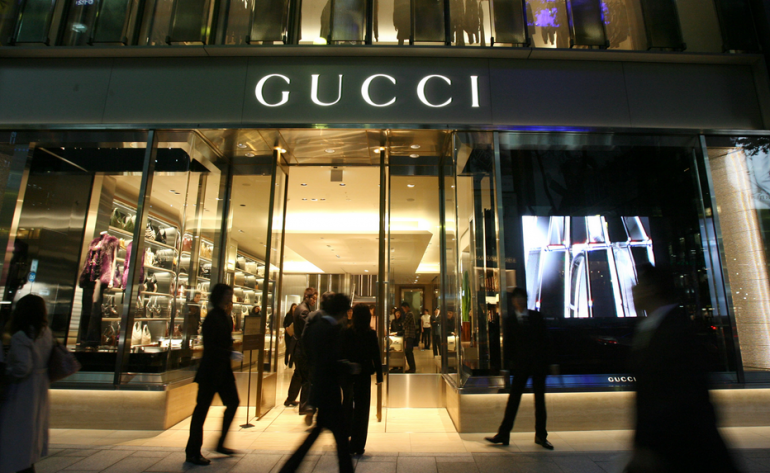
Being Italy’s fashion royal family wasn’t enough to keep the Guccis happy.
Guccio Gucci founded the company in 1906 in Florence and passed it on to his sons Aldo and Rodolfo, who oversaw the start of a massive expansion that never really ended. The company now pulls in somewhere around $US4.7bn in sales every year.
But the family whose name appears on the tags doesn’t run the company anymore. During the 1970s and '80s, lawsuits flew back and forth between family members, particularly to stop Paulo, a designer, from bringing out a competing brand carrying the family name.
In 1988 the family decided to throw in the towel and sell almost 50 per cent to a Middle Eastern investment bank.
The brand is now owned by French firm Kering and carries a value estimated by Forbes to be $US12.1bn.
McCain Foods
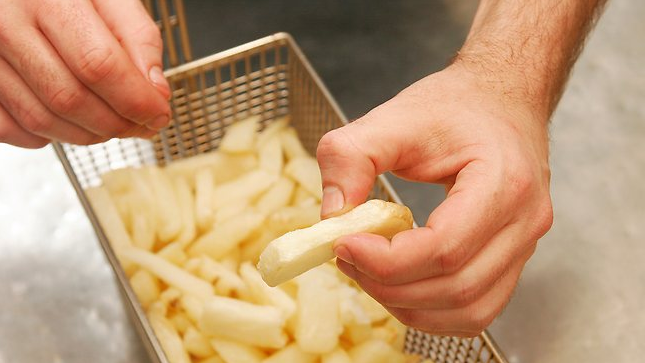
McCain Foods spans six continents, employs 19,000 people and brings in around $CA6.5bn in sales each year
Brothers Harrison, Wallace, Robert and Andrew McCain started a French fry processing plant in a Canadian town a stone’s throw from the US border in 1957.
Harrison and Wallace took the lead and ran what became the largest producer of frozen chips in the world.
The brothers led the company together for 37 years, their offices were even next door to each other and had an unlocked door between them.
The problems started in 1993 when Wallace made his son Michael head of US operations. Harrison did not approve.
By 1994, Wallace and Michael were pushed out of the business. They didn’t waste any time though, going on to acquire Maple Leaf Foods, which they turned into another of Canada’s largest food producers.
"The biggest thing that happened to me in the past 25 years -- and in my life -- was being unceremoniously dumped from McCain Foods," Wallace once said.
The brothers remained estranged for years until Harrison was near death in 2004, and Wallace began visiting him again.
Koch Industries
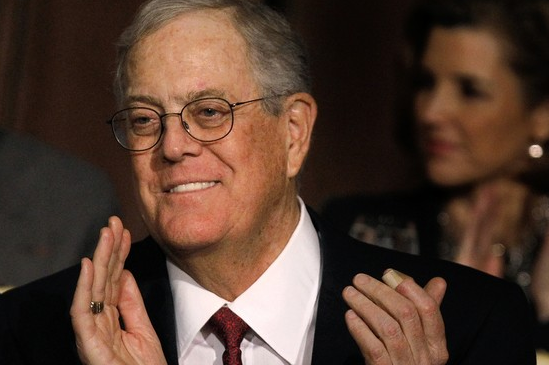
David Koch's personal fortune stands at $US41.7 billion according to Forbes
This family are the grand champions of American capitalism. Koch Industries is the second largest private company in the US behind Cargill, with revenue of about $US115bn per year.
The Kansas-based company is now a multifaceted beast but it started when Charles Koch developed a new way to refine crude oil in the early 1940s. It now covers oil, chemicals, manufacturing and cattle. Most other ways of making money seem to have some Koch involvement.
Unfortunately, as seems to be the theme, billions of dollars does not a happy family make.
A 12-year court case divided the four Koch brothers into two camps over the sale of their shares in 1983 for $US1bn: Charles and David, who almost entirely own the company thanks to share purchase, had to defend against their brothers William (David’s twin) and Frederick, who felt their $US1bn wasn’t enough.
After years in and out of court it culminated in a Federal court case in 1998, which found that Charles and David didn’t need to pay their brothers any more.
As The New York Times said at the time, there was little about this case that was ordinary.
“A jury that includes a retired janitor, a physical therapist, a nurse and two schoolteachers will soon decide whether two brothers cheated the other two out of $US2.3bn or whether the brothers seeking the money are being just plain greedy,” said the NY Times article.
Mukesh and Anil Ambani
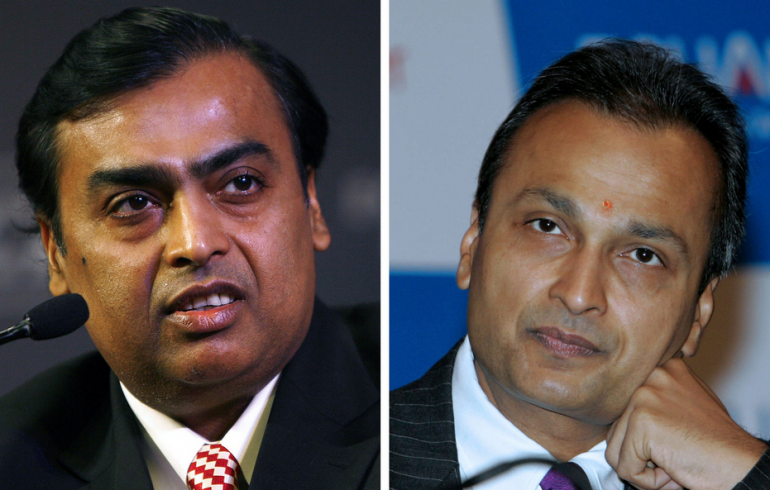
Mukesh and Anil Ambani split their fathers conglomerate and became business rivals
In 2008 Mukesh Ambani was the world’s fifth richest person with $US43bn (it’s now slipped to below $US25bn), but a fierce feud with his billionaire brother Anil is arguably what’s made the Ambanis most famous.
The trouble really started when their father Dhirubhai Ambani died in 2002 without a will in place. He was the man responsible for India’s second largest publicly traded company, Reliance Group, which brought in $US6bn in sales that year.
His death saw his two sons start jostling for control of his business empire almost immediately.
It wasn’t long before India’s richest brothers brokered a split. Mukesh took oil and gas, petrochemicals, refining and manufacturing, while Anil’s made off with electricity, telecoms and financial services.
Sounds like a reasonable way to go about it but the brothers distrust turned into hatred. Their bitter feud continued to play out in the media and in court -- in September 2008 Anil filed a $US2.12bn defamation suit against his brother for remarks he had make in an interview with The New York Times that Anil oversaw lobbying and spying on India’s most powerful people.
By 2009, India’s finance minister begged the brothers to end their battle, saying it had become a matter of national interest. In 2010 the two companies called a truce and redrafted the clearly ineffective non-competition agreement that had been in place.
You’d think life wouldn’t have been a lot easier if old Dhirubhai had just put together a will.

